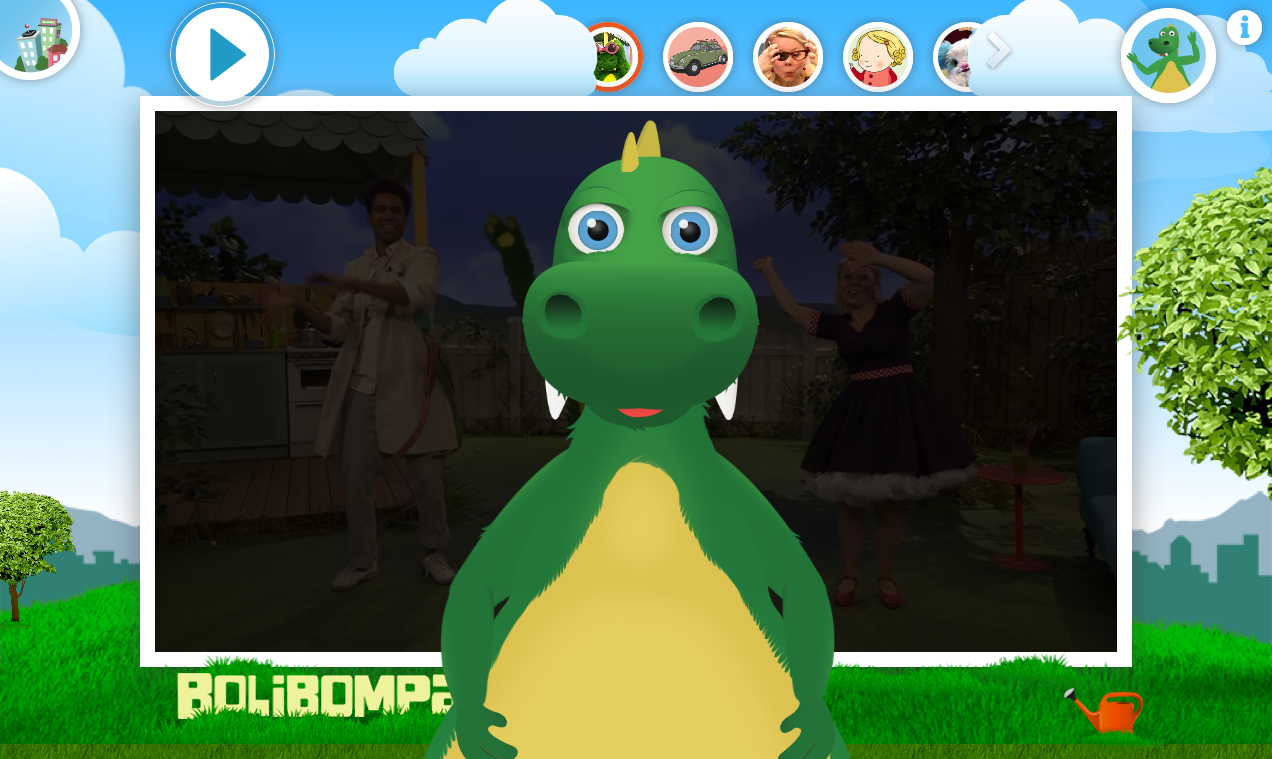Which design tasks need Interaction Design knowledge to be properly solved?
- If the task has been solved successfully before by the project group, they should solve it again. I.E. already done == do it again.
- If the number of possible interaction related misfits in the task is small, or the possible misfits are almost irrelevant, the project group can probably handle them themselves. I.E. simple problem == simple solution.
- If the task at hand has interactive elements that are difficult to get a grasp of (I.E. has a large number of possible misfits) and thus the solution is not obvious, specific knowledge of Interaction Design has great value. I.E. complex problem == IxD useful.
- If previous attempts at solving the problem has failed, IxD might help. I.E. repeat failures == IxD to the rescue.
Once the need for IxD has been established, the question turns to: how much resources will be needed? The answer, of cause, depends on project scope (I.E. the number of possible misfits to take into account) but it also depends on how well the design should fit – sometimes even a large project can manage with a rather skimpy design.
Possible steps in my work include 1. interviews with the client, 2. interviews with their customers, 3. discussions with the project group, 4. own contemplation, 5. analysis and hierarchy-creation, 6. pattern reuse, 7. pattern creation and 8. pattern synthesis (to create the final form for task). Steps 1, 2 & 3 can be skipped, steps 4 & 5 can be rushed, step 6 cam be maximized at the cost of step 7. But some contemplation, analysis, pattern creation has to be done and pattern reuse and the synthesis has to be allowed to take it’s time.

